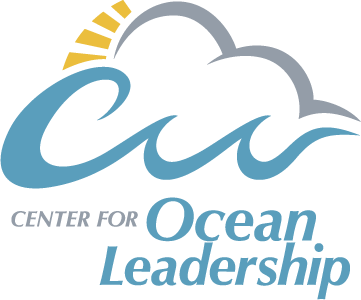2022 Professional Development Webinars: Dr. Sean Hayes
As climate change begins to have influences on the physical processes of the ocean there will be a variety of responses by most marine taxa. NOAA Fisheries is responsible for managing many if not most of these species in US waters. The presentation will highlight some general principles that can be expected, and then dive a little deeper into some case studies from several of NOAA’ Species in the Spotlight including seals, salmon, whales and more.

